Now that we’re fully immersed in that awkward period after Christmas when the snow hasn’t yet melted away but our holiday cheer has, let’s take a moment to reminisce on the most wonderful time of the year.
This post is for those of you whose worlds turn red and green the day after Thanksgiving (no, not Halloween, you weirdo) and fade to gray the day after Christmas.
While living abroad I’ve learned that as a child I’d been deprived of a crucial institution. Something so glorious that it can turn an otherwise bleak month into the year’s best: Christmas markets, the holidays incarnate.

Koblenz
Europe in December sparkles with thousands of wood-clad, fire-lit villages that materialize in the hearts of most towns during those dark days.
They say that hundreds of elves fly over the Alps every year, collecting the most picturesque villages that Austria and Switzerland have to offer. These villages are then shrunk, sprinkled with fairy dust and delivered to communities in need…
OK, they don’t really say that, but that’s where I’ve always imagined them coming from.
In case there are no Christmas markets near you, due to geography or general Scrooge-ness, here is all you need to make your own pop-up version:
- Glühwein: Mulled wine; this is as much for hand warmth as consumption
- Sausages: Lots
- Reibekuchen (gromperekichelcher in Luxembourgish): A glorified, deep-fried hash brown that
inadvertently serves as hand moisturizer; eaten with applesauce - A children’s choir: For angelic background music; give them matching reindeer hats if possible
- Chalets
- Handmade trinkets: Preferably overpriced
- An oversized Christmas tree
- Crap weather: Clear nights and snowy days suffice as long as it’s freezing beyond comprehension and guests can’t feel their toes
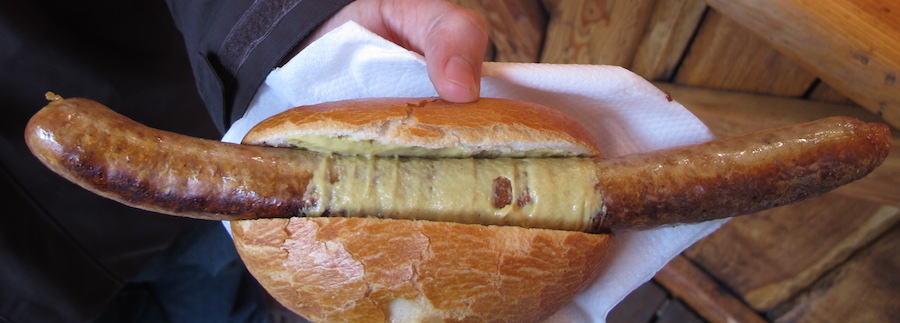
There, now there are no excuses for Christmas 2016.
Some say that the markets are about as authentic as Disneyland, and if we’re talking about the ones shipped into the UK from Germany, complete with German signage and lederhosen, then I’d agree. But there are still gems out there not overrun by chains and Chinese goods. You’re likely to find the majority of great Christmas markets in small towns throughout Germany and Austria, where it all started.
Each one has its own flare. Luxembourg has one overlooking a giant ravine with fire pits. In Trier, the oldest city in Germany, the market is intimate and framed by half-timbered buildings.
Cologne’s markets are huge, with one at the foot of the cathedral, the best backdrop I’ve seen so far. Heumarkt, known for its fire-grilled salmon, has a trail-like skating rink that winds through the rows of chalets. Its Haven market on the waterfront offers surprisingly yummy glühbier (hot, spiced beer).
Strasbourg claims to have the oldest Christmas market in Europe, as do many other cities. Three-hundred stalls are spread throughout the downtown at twelve different locations. It’s located in Alsace, which is technically French but historically German so they do Christmas right.

Trier
Today’s tradition evolved from the winter markets that have been taking place in Europe for hundreds of years. They were originally an opportunity to stock up on goods before the cold set in. Dresden boasts one of the oldest, dating back to the 15th century, so it looks like Christmas shopping isn’t the brainchild of Target and Walmart after all.
Are Christmas markets as marvelous as I’m making them out to be? Probably not, but magic is in the eye of the beholder. If you don’t look too closely behind the scenes, they really are something special.
Standing with friends and a giant thermos of glühwein under a starry sky with holiday music in the background punctuated by joyful, drunken outbursts — what’s more beautiful than that?
If you have a Grinch on your hands, travel through Europe in December and their heart will surly grow a couple of sizes.
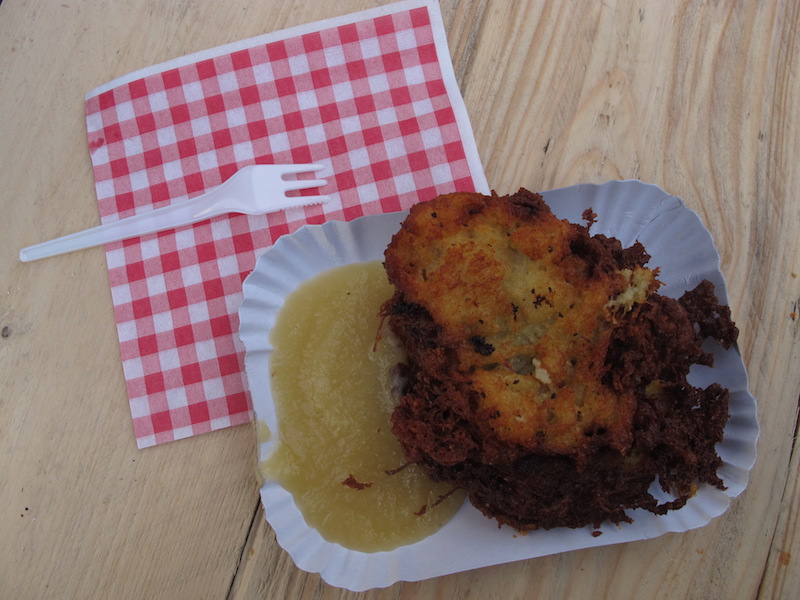
Reibekuchen
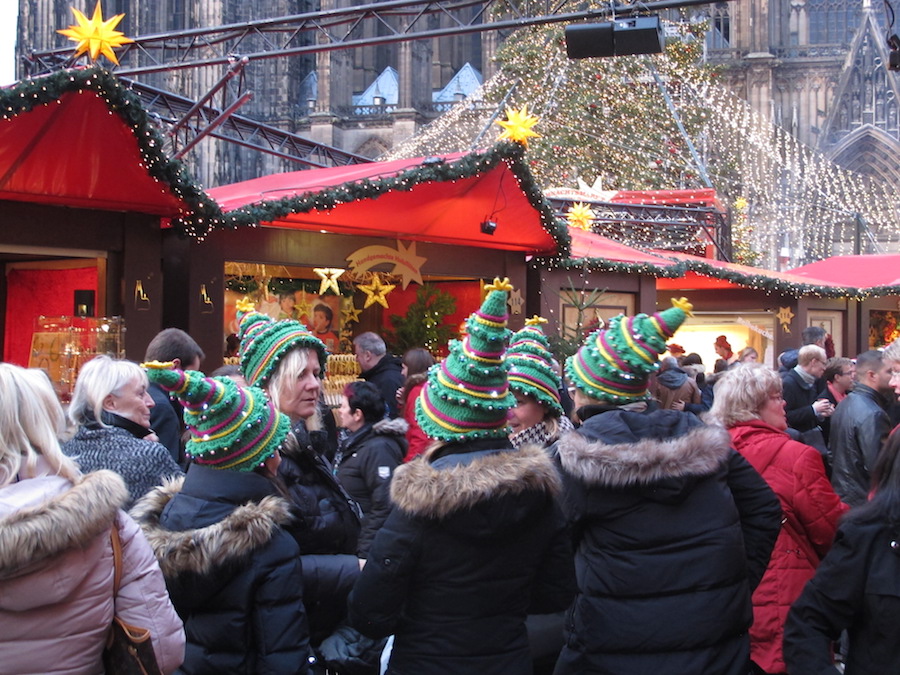
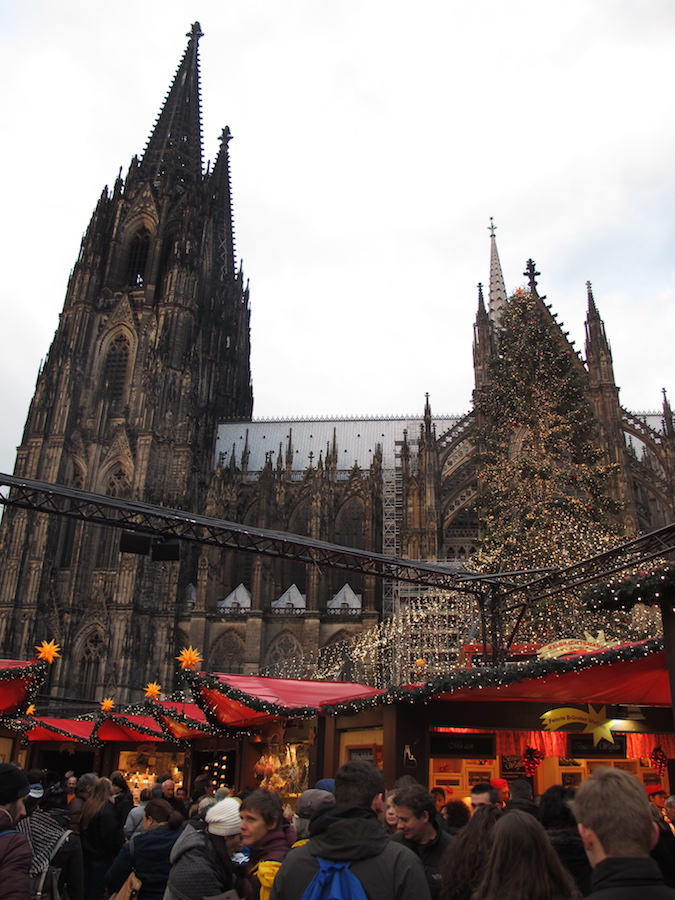
Cologne
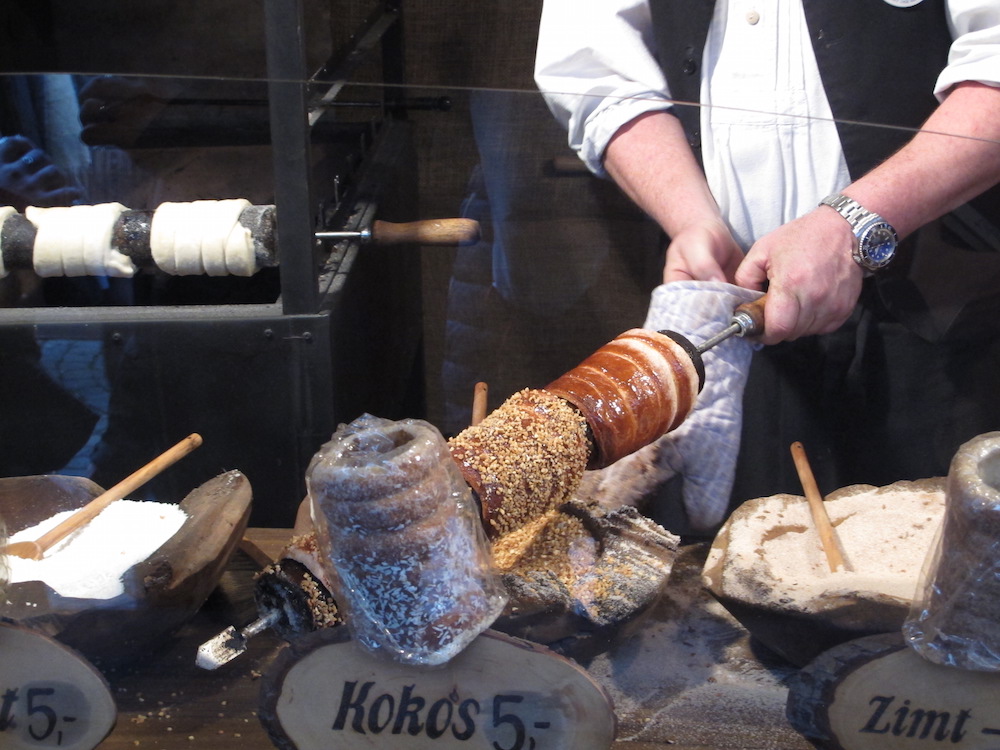

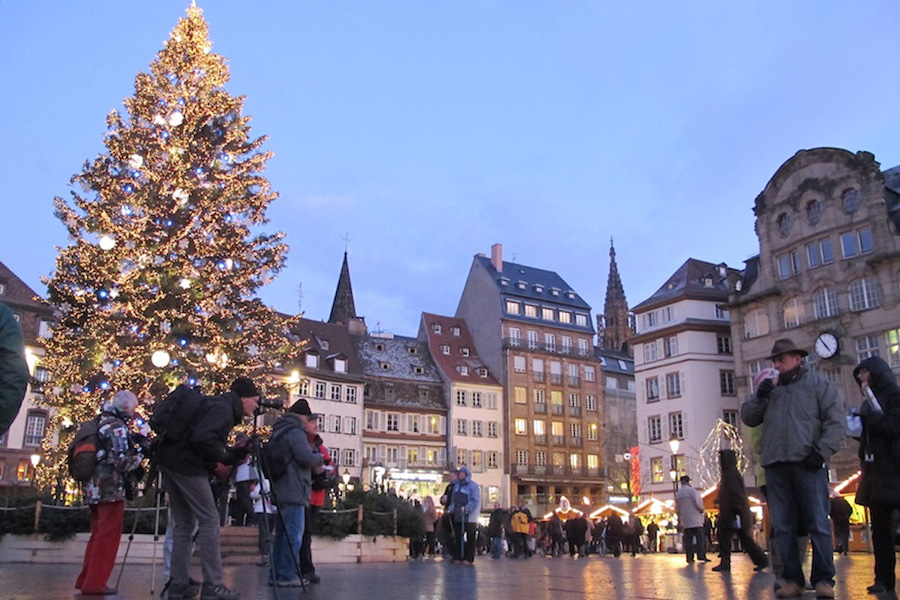
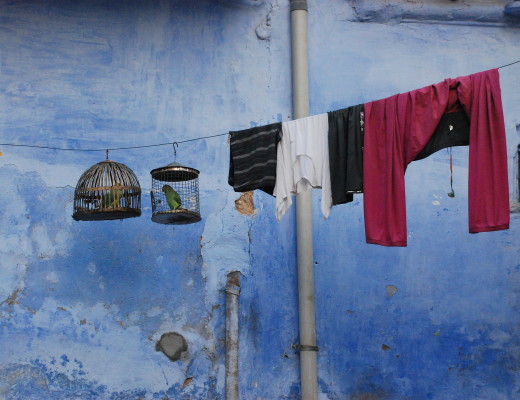
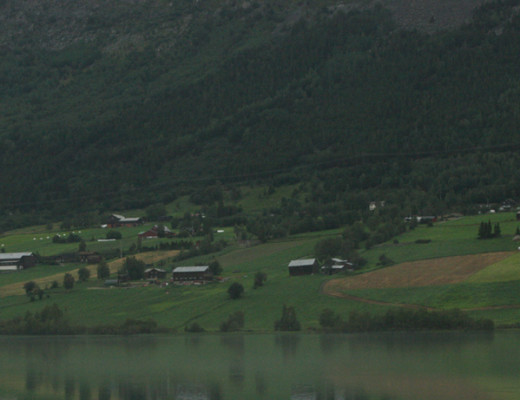
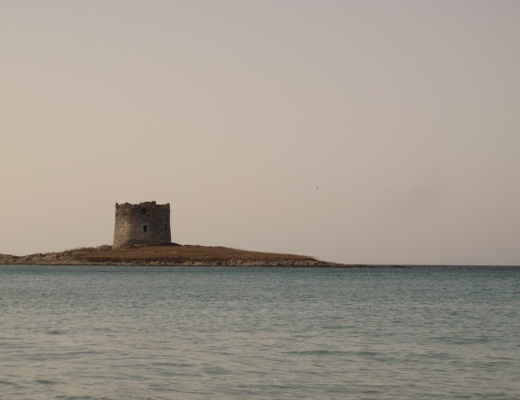
No Comments